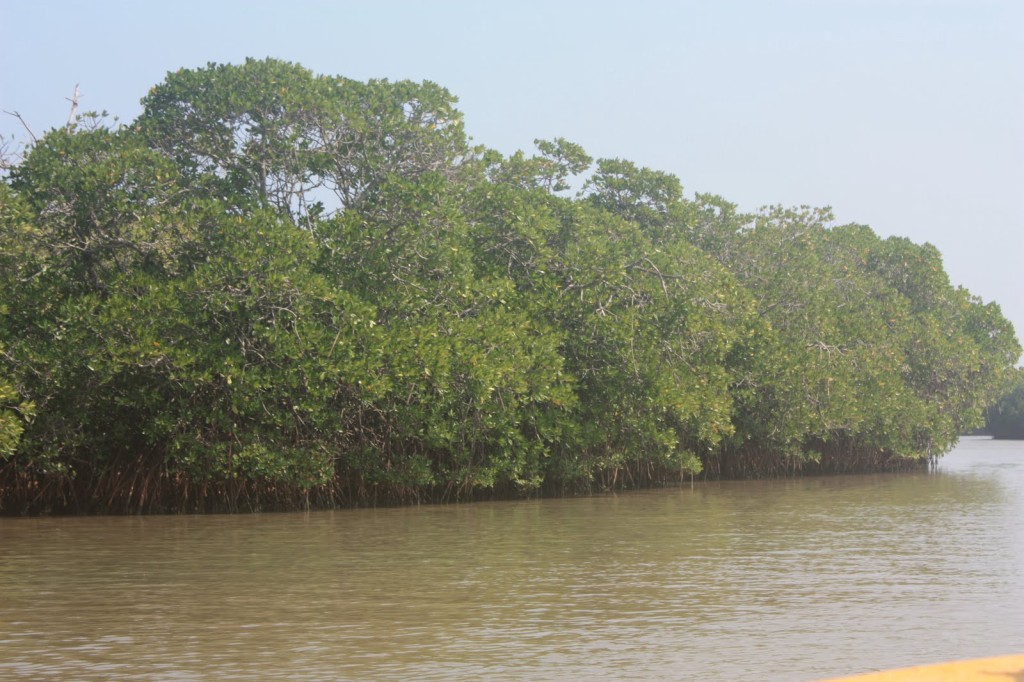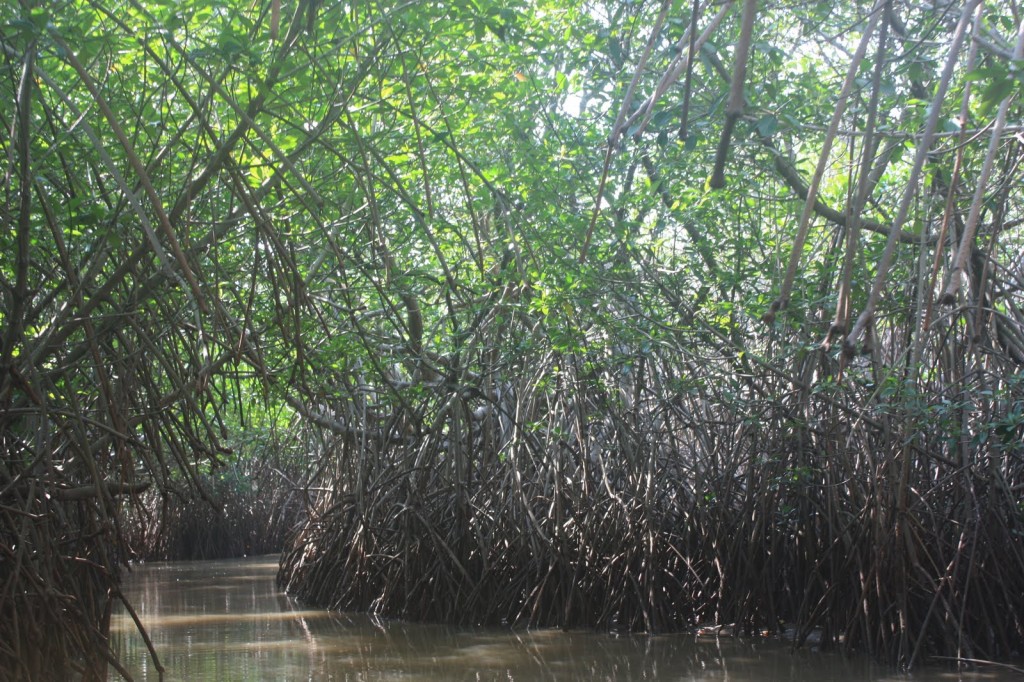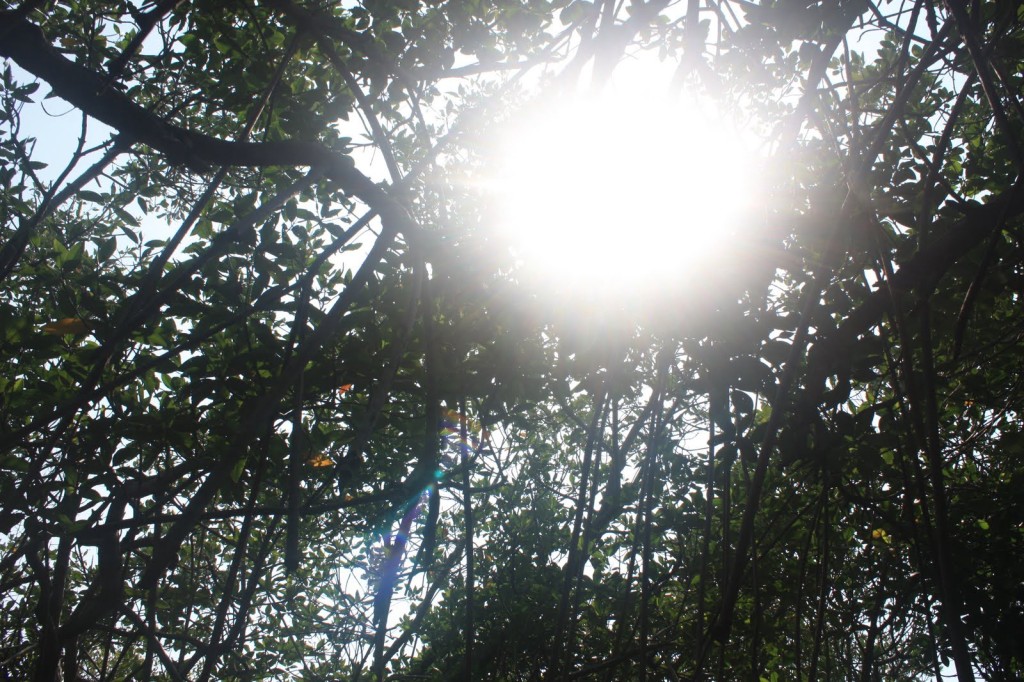
Where and what are the coordinates?
Located in the Cuddalore dist., about 4–5 hours driving distance from Chennai (https://goo.gl/maps/eJWW3U64RjeK4dUu5), the Pichavaram mangrove forest is located between two prominent estuaries, the Vellar estuary in the north and Coleroon estuary in the south. The Vellar-Coleroon estuarine complex forms the Killai backwater and Pichavaram mangroves.
Lesser known fact is that the Pichavaram mangrove forest is one of the largest mangrove forests in the world! Covering about 1100 hectare of area, it is separated from the Bay of Bengal only by a sand bar.
Other than the flora, the mangroves attract migrant and local birds including snipes, cormorants, egrets, storks, herons, spoonbills, and pelicans. About 177 species of birds belonging to 15 orders and 41 families have been recorded here.
So, what is so special about a mangrove?
A mangrove is a shrub or small tree that grows in coastal saline or brackish water. All of these trees grow in areas with low-oxygen soil, where slow-moving waters allow fine sediments to accumulate. Mangrove forests only grow at tropical and subtropical latitudes near the equator because they cannot withstand freezing temperatures.
Many mangrove forests can be recognized by their dense tangle of prop roots that make the trees appear to be standing on stilts above the water. This tangle of roots allows the trees to handle the daily rise and fall of tides, which means that most mangroves get flooded at least twice per day. The roots also slow the movement of tidal waters, causing sediments to settle out of the water and build up the muddy bottom.
Mangrove forests stabilize the coastline, reducing erosion from storm surges, currents, waves, and tides. The intricate root system of mangroves also makes these forests attractive to fish and other organisms seeking food and shelter from predators.
And, here’s the most amazing fact that we came to know through the ferryman.
The strong roots of these peaceful looking yet powerful mangroves were a big reason for the area not getting destroyed in the Y2006 Tsunami and other cyclones which have hit the area. They have saved many huts and villages along the forest!
- https://www.thethirdpole.net/en/climate/protecting-pichavaram-mangroves-in-coastal-tamil-nadu
- https://www.thehindu.com/news/national/tamil-nadu/mangroves-mitigated-cyclone-gajas-impact/article25650168.ece
- https://madrascourier.com/environment/pichavaram-mangrove-indias-floating-tsunami-shield/



Photo credits: All images were taken by the author

Great reading! Thanks for sharing!
LikeLiked by 1 person
Thanks, Jyothi! Loved your travel blog too :-))
LikeLiked by 1 person